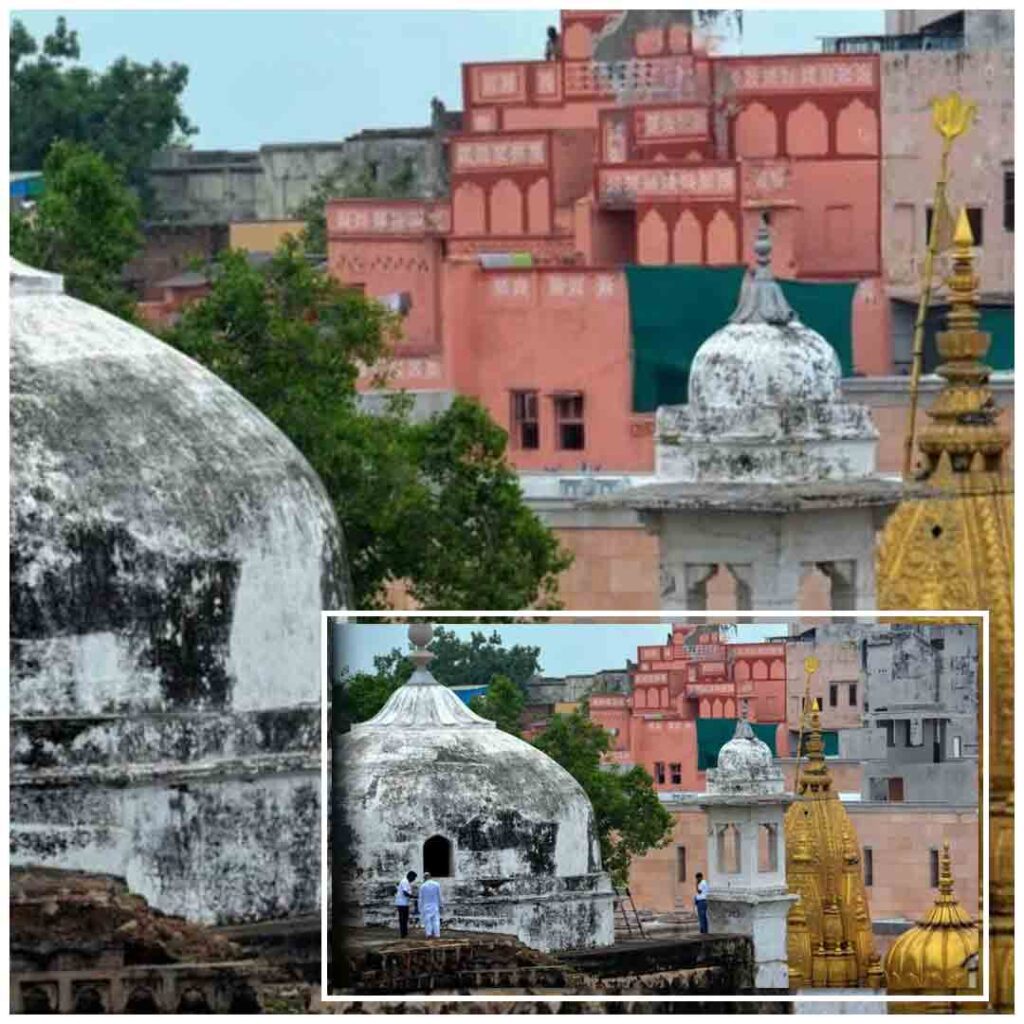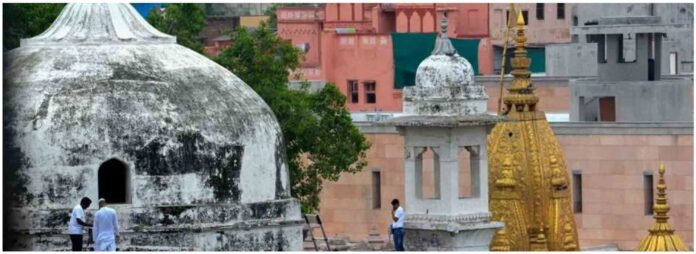In a groundbreaking revelation, the Archaeological Survey of India (ASI) has recently confirmed the existence of an ancient temple beneath the Gyanvapi Mosque in Varanasi. This discovery has ignited widespread interest and debate, offering a new perspective on the historical layers concealed beneath the present-day religious structures.
Historical Significance Unearthed
The archaeological findings shed light on a significant historical coexistence, indicating that the Gyanvapi Mosque was constructed over the remains of a pre-existing Hindu temple. The ASI’s meticulous excavation has unearthed architectural remnants and artifacts that authenticate the ancient temple’s presence, underscoring the rich cultural and religious diversity that has shaped the region over centuries.

Challenges to Religious Harmony
The confirmation of an ancient temple beneath the Gyanvapi Mosque has stirred discussions about the complex interplay of religious identities and historical narratives. The site, revered by both Hindus and Muslims, has long been a symbol of religious harmony and coexistence. However, the revelation poses challenges to this delicate balance and has sparked debates on how to navigate the intersection of history, archaeology, and contemporary religious sentiments.
ASI’s Detailed Report
The ASI’s detailed report meticulously documents the archaeological findings, providing a comprehensive account of the temple’s structure and its historical context. The report not only serves as an invaluable resource for scholars and historians but also invites a broader public discourse on the cultural and religious heritage embedded in the layers of Varanasi’s past.
Implications for Preservation and Conservation
With the confirmation of the ancient temple, questions arise about the preservation and conservation of historical sites that hold religious significance for multiple communities. Striking a balance between acknowledging the past and maintaining communal harmony becomes crucial, raising important considerations for the responsible stewardship of such historically charged locations.
Community Reactions and Future Dialogues
The revelation has triggered varied reactions from different communities. While some view it as an opportunity to deepen their understanding of the region’s diverse heritage, others express concerns about potential tensions arising from conflicting historical narratives. The need for open and respectful dialogue between various religious and cultural stakeholders becomes imperative to navigate the complexities surrounding the site.
Conclusion
The Archaeological Survey’s confirmation of an ancient temple beneath the Gyanvapi Mosque adds a new layer to the tapestry of Varanasi’s history. As the discussion unfolds, it becomes evident that a delicate balance must be struck to honor both the historical truths revealed by archaeology and the contemporary sensitivities of religious communities. The findings underscore the importance of fostering a shared understanding of the past that can contribute to a more inclusive and harmonious future.






















